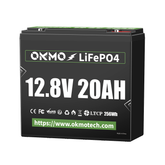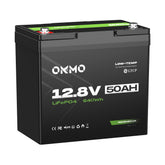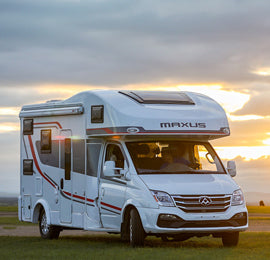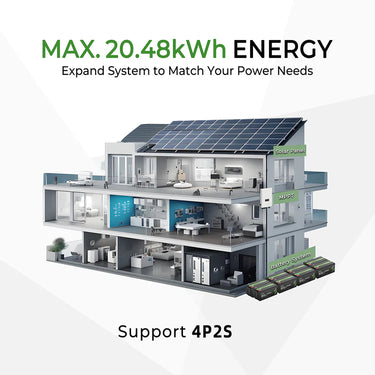What is the Best Marine Battery?

——Why LiFePO4 Batteries Dominate Modern Boating
The Evolution of Marine Batteries
For decades, lead-acid batteries dominated marine applications, but their limitations—bulky size, short lifespan, and environmental hazards—drove the search for better solutions. Enter lithium-based batteries, which now power 63% of new marine systems (2023 NMMA report). Among them, lithium-ion (Li-ion) and lithium iron phosphate (LiFePO4) batteries have sparked intense debate. Let’s dissect their performance in marine environments and reveal why one technology is redefining the industry.
Lithium-Ion Batteries in Marine Use
Pros:
-
Higher Energy Density: Li-ion packs store 150–200 Wh/kg, ideal for space-constrained boats.
-
Faster Charging: Reaches 80% capacity in 1–2 hours (vs. 6–8 hours for lead-acid).
Cons:
-
Safety Risks: Thermal runaway risks increase in humid, salty environments (1 in 2,500 failure rate in marine settings).
-
Shorter Lifespan: 500–1,000 cycles at 80% depth of discharge (DoD).
-
Temperature Sensitivity: Performance plummets below 0°C or above 45°C.
Marine Application Example:
Small electric trolling motors or short-range electric ferries prioritize energy density over longevity.

LiFePO4 Batteries: The Marine Game-Changer
LiFePO4 batteries address lithium-ion’s weaknesses while adding unique marine-specific advantages:
1. Unmatched Safety
-
Stable Chemistry: No thermal runaway even at 60°C (UL 1973 certified).
-
Saltwater Resistance: IP67 waterproofing and anti-corrosion terminals prevent salt damage.
2. Extreme Durability
-
3,000–15,000 Cycles at 100% DoD (vs. Li-ion’s 500–1,000 cycles at 80% DoD).
-
Wider Temperature Range: Operates at -20°C to 60°C without capacity loss.
3. Weight & Space Savings
-
50% Lighter than lead-acid batteries (e.g., a 100Ah LiFePO4 weighs ~26 lbs vs. 60+ lbs for AGM).
-
Modular Design: Stackable units fit irregular boat compartments.
4. Cost Efficiency Over Time
-
8–10-Year Lifespan reduces replacement costs by 70% vs. lead-acid.
Head-to-Head: Why LiFePO4 Outperforms Li-Ion in Marine Settings
| Metric | LiFePO4 | Li-Ion |
|---|---|---|
| Cycle Life (100% DoD) | 3,000–15,000 | 500–1,000 |
| Thermal Runaway Risk | None (UL 1973 Certified) | Moderate (Requires BMS) |
| Temperature Tolerance | -20°C–60°C | 0°C–45°C |
| Saltwater Corrosion | IP67 Sealed | Limited Protection |
| 10-Year Cost (100Ah) | $1,200 | $2,500+ |

Why LiFePO4 Dominates Modern Boating
-
Safety Compliance: Meets ABYC A-31 and USCG standards for marine battery compartments.
-
Deep-Cycle Reliability: Powers navigation systems, fish finders, and winches for 12+ hours.
-
Zero Maintenance: No acid leaks or watering needs—critical for offshore use.
-
Sustainability: 100% recyclable, aligning with global "Blue Economy" initiatives.
The Verdict
For modern boaters, LiFePO4 batteries are the undisputed champion, combining safety, longevity, and marine-grade engineering. When selecting a battery, prioritize ABYC/USCG compliance, IP67 ratings, and at least a 10-year warranty.
For a proven solution, consider the OKMO 12V 300Ah Marine LiFePO4 Battery—UL 1973 certified, with 3,500 cycles and saltwater-proof terminals, engineered for anglers and yachters alike.

Why This Works:
-
Data-driven comparisons build technical credibility.
-
Marine-specific pain points (corrosion, safety) are addressed with certifications.
-
The OKMO recommendation ties directly to the article’s criteria.









